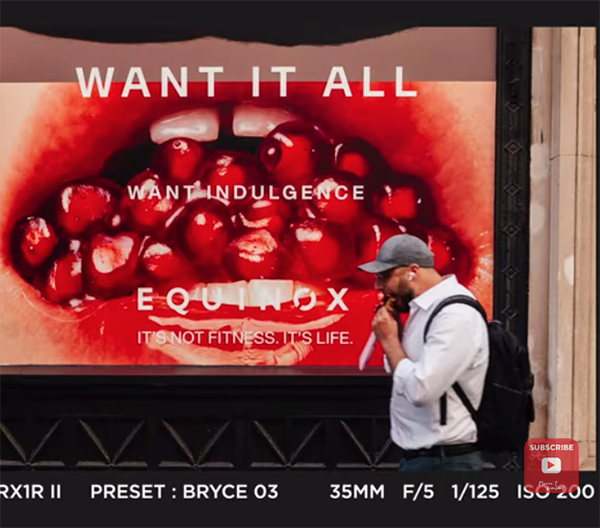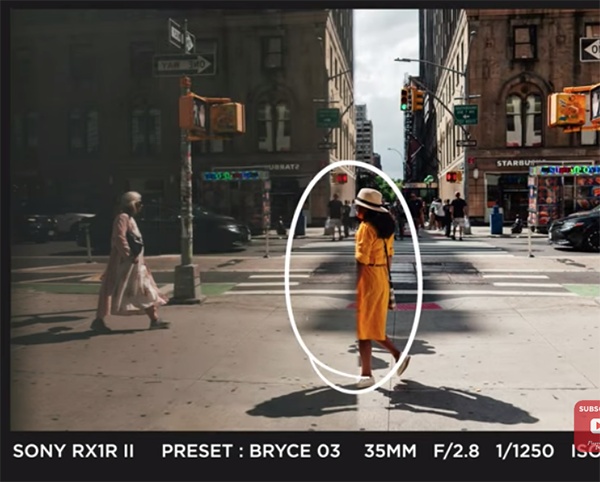Do you live in a ‘happy’ area? Why this Suffolk town just got crowned the happiest place in the UK
‘A sense of pride’ was the most important factor when searching for the UK’s happiest area
One difference between pros and amateurs is that the former make fewer mistakes and rarely commit an error more than once. This tutorial from one of favorite instructors reveals three common mistakes that you may be committing repeatedly, and how to fix them once and for all.
Instructor Pierre T. Lambert is an accomplished pro who set aside a hard-earned engineering degree to pursue his true passion for photography. In the next 12 minutes he reveals a trio of unforced errors he made when first starting out so that you can avoid them as your imaging skills evolve.
Lambert says that his goal for today is to eliminate the frustration of capturing unimpressive photos when the situation and conditions are ripe for great imagery. His tips will enable you to quickly solve these issues and come home with photos that “are emotionally interesting for us and our viewers.”

Avoiding this trio of errors doesn’t require any special equipment, but rather how you approach a given situation. His first suggestion involves how you perceive the world around you and “changing where you look.” This means choosing the best vantage point for the task at hand and considering how a minor shift can have a big impact on your results.
In short, Lambert recommends first taking the “obvious shot” and then experimenting with different perspectives that may provide a more compelling photo. Sometimes, in fact, the most interesting view may even be behind you. In his first example, looking up (rather than shooting straight ahead) entirely transformed the power of an image.
Another familiar mistake, related to the first, is simply “not moving enough.” Because this is a behind-the-scenes video on the streets of New York, it’s clearly evident how this faux pas can result in less than ideal photos. One recommended solution is to compose a scene with “juxtaposition in mind.” By this he means incorporating two elements with the frame that appear to interact with one another.

Here he provides striking examples of how he did this to perfection by including a person into a scene where this subject plays off another key object or the background in the frame. We’ll let Lambert provide more details on these two techniques, as well as a third that’s just as simple to accomplish.
Be sure to check out Lambert’s instructional YouTube channel—especially if street photography is one of your passions.
And don’t miss the tutorial we featured recently with another adept instructor who provides a six-minute beginners guide to using the Histogram in the camera and during post processing to consistently create photographs with perfect exposures.
We hope you had an opportunity to watch our recent tutorial explaining how to boost the impact of photos captured after dark by incorporating water reflections in a scene whenever the opportunity arises. That story was so popular that we decided to bring you another powerful nighttime trick.
Photographing light trails is a very popular technique among experienced urban photographers, but these dramatic in-camera effects are accessible to shooters of all skill levels by watching the tutorial below. In fact the basic method you’ll learn takes barely six minutes to explain.
Instructor Hannah Young is an experienced British photographer who regularly posts quick instructional videos on interesting topics. Today’s video explains everything you need to know from the best time to shoot and appropriate camera settings, to composition methods and gear recommendations. You can see the equipment she perfers in a link beneath the video.

In this behind-the-scenes episode you’ll follow Young as she explores London’s lovely Victoria neighborhood on a gusty day. As you’ll see, she chose this specific location with light trails in mind and it’s one she’s photographed many times during the day. She careful composed her shot with an iconic London building in the background.
Young illustrates her suggestions with some nice images captured during her evening shoot. She arrived early to set up her gear before the sun dropped below the horizon, and her recommendation is this: “What I’ve found historically when shooting light trails is that the best time to capture images that POP is during what’s known as Blue Hour, i.e. just after sunset.”
Blue Hour is when there’s still a little bit of light and color in the sky, and there are a few ways to accentuate these attention-grabbing attributes to spice up a shot. She reveals a very usefull app that provides daily reminders in your area for Blue Hour, First Light, Golden Hour and Sunrise. This way you can arrive onsite in plenty of time to be ready for every “prime moment” you shoot between dawn and dusk.

We suggest that after watching this video you start thinking about an appropriate location near your home, so that you can use colorful light trails to make nighttime the right time in the future.
And don’t forget to watch the lesson mentioned above, demonstrating how to take advantage of water reflections to capture more dynamic photographs.
